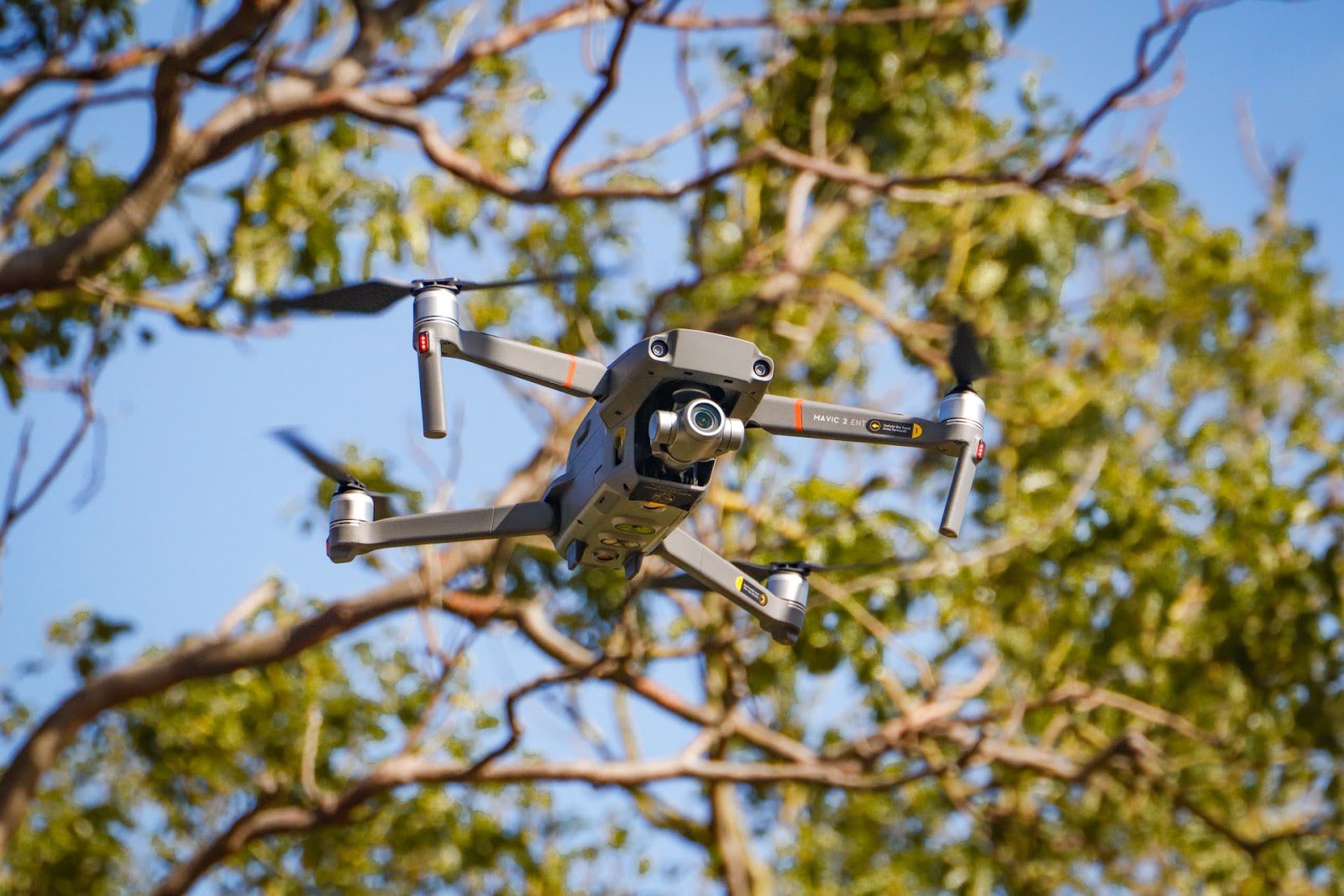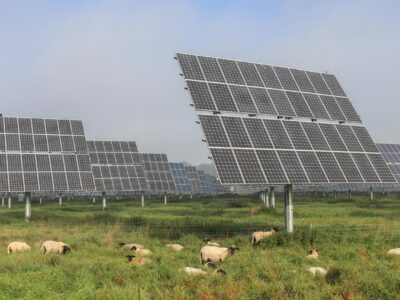U.S. Reforestation Efforts Get a Boost from Emerging Technologies
Mention reforestation and one might envision people carefully planting trees in the soil by hand. Intricate machines or advanced technology probably do not come to mind.
But there’s evidence that certain technologies–including drones, geographic information systems (GIS) and remote sensing applications–could vastly improve or accelerate reforestation efforts.
“Forests are our best resource for removing carbon from the atmosphere,” explains Utah Representative Blake Moore. “It is imperative that we utilize advanced technologies to quickly plant more trees, accurately track growth rates and effectively manage our forests.”
To that end, Moore introduced the Forest TECH Improvement Act (TECH stands for “Technology Enhancements for Conservation and Habitat”). The legislation would implement a five-year program to study and integrate emerging technologies in service of repopulating U.S. forests and wooded areas. Several organizations publicly support the bill including the Theodore Roosevelt Conservation Partnership, Citizens for Responsible Energy Solutions, the National Wildlife Federation and the American Conservation Coalition.
Drones are a cost-effective way of planting hundreds of thousands of trees per day. They can reach steep slopes and other hard-to-access places that may not regenerate naturally. In one day, 15 drones can save 360 manual labor hours of spraying and seeding. Further, technologies such as GIS or Light Detection and Ranging (LiDAR) can be used to give experts a better idea of current reforestation needs. Should the Forest TECH Act be signed into law, all drones used in the program must be made and manufactured in the U.S.

Wildfires and other natural disasters have destroyed huge swaths of land over the years, leaving these areas without the proper habitat and natural resources for a functioning ecosystem. Planting new forests is key to revitalizing these areas, not only for local plants and animals but for people as well. Forests can improve the quality and quantity of drinking water, provide shade and cover for wildlife, as well as offer recreational and other holistic benefits for humans. And of course, forests are able to capture and store carbon which could greatly reduce current emission levels.
“If we begin to lose our forests, which we are because of catastrophic events like wildfires, and we’re not replanting, we are losing all those valuable resources,” says Owen Burney, director of New Mexico State University’s Forest Research Center.

The Forest TECH Improvement Act is part of a larger bipartisan campaign known as the Trillion Trees Initiative, an effort to plant and conserve one trillion trees worldwide by 2030. Forest TECH would help the U.S. reach its reforestation goals as set forth under Trillion Trees. According to Science magazine, meeting the goal of one trillion trees globally would sequester about two-thirds of man-made emissions in existence today.
In addition to being a vital part of the ecosystem, forests could be a powerful weapon in the ongoing effort to mitigate climate change. They can also provide valuable jobs: according to the World Economic Forum, sustainable forest management could create 16 million jobs worldwide by 2030. The Forest TECH Improvement Act could be a small but sustainable step for both the country and the planet.





